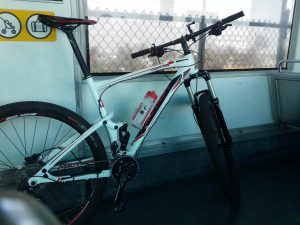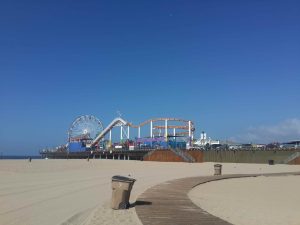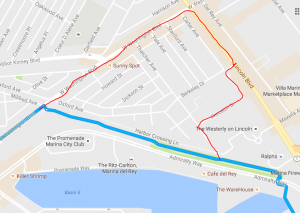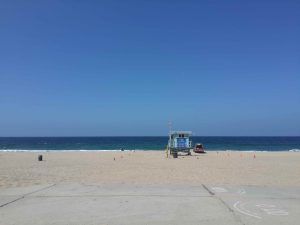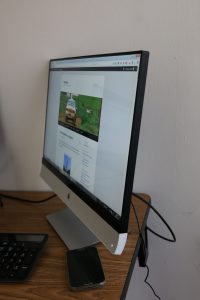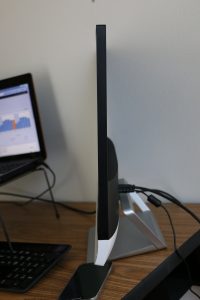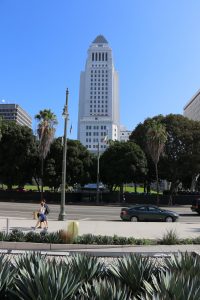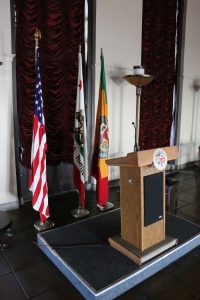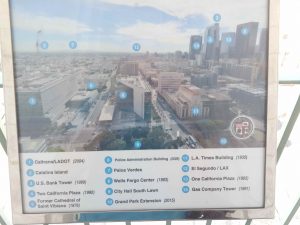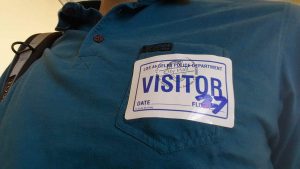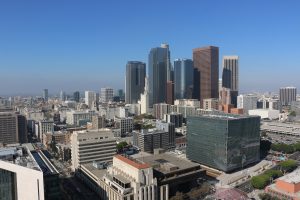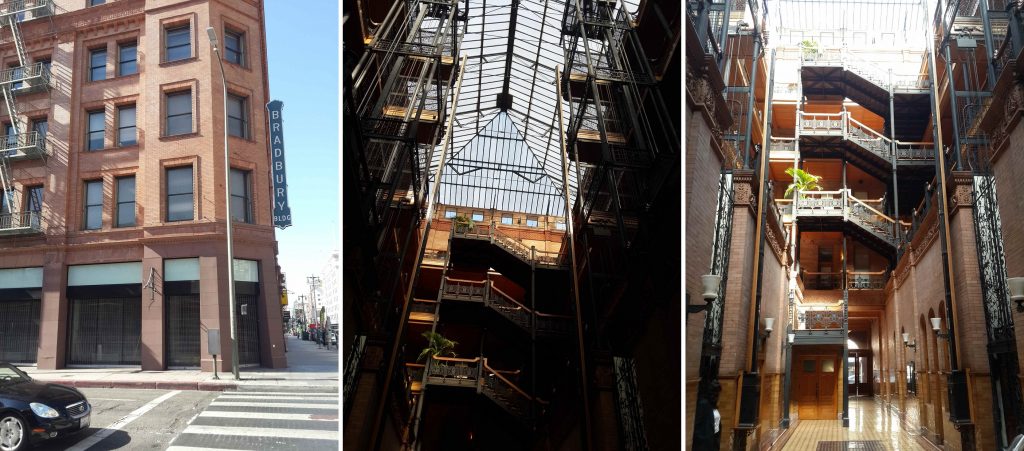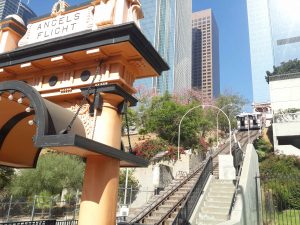Have you ever wondered where your car was built? Maybe not, but having worked for a car manufacturer in South Africa for 3 years, I was always curious upon coming across such a car whether it was built in my plant or not. Fortunately every car since 1981 (at least) comes with its own special identity number, known as a VIN (Vehicle Identification Number).
What’s better is that the VIN is fairly straightforward to decode (usually) as per ISO 3779. Although it can become quite complicated, the basics are there for anyone to read.
The VIN is a 17 digit alpha-numeric string consisting of 3 pain parts. They are:
- digits 1-3: World manufacturer identity
- digits 4-9: Vehicle descriptor section (VDS)
- digits 10-17: Vehicle identifier section (VIS)
World Manufacturer Identity
Each country that manufactures cars is assigned an array to give out to manufacturers in their country. South Africa for example has the array AA(A)-AH(9). The Society for Automotive Engineers in the US decides how these are assigned, so there is no fixed pattern to deciphering extra meaning. In SA, VW is AAV, while Hyundai has both the AC5 and ADD nominations. You can view more of them on the wiki page.
So I can look at any car in the world, and if its VIN starts with the letters AA-AH, I can know it was built in SA.
Vehicle Descriptor Section
This will be a 5 digit value, followed by a check digit. The 5 digit value may include information relating to the type of vehicle (sedan, truck etc), the engine type or other vehicle specific information, but it is not consistent and varies across manufacturer and producing region.
Vehicle Identifier Section
This is an 8 digit value. Usually it starts with a digit indicating the model year of the car (10th digit overall), followed by a 7 digit number. This might be sequential as defined by a manufacturer, but it must somehow be unique to a particular vehicle.
As you can see there’s not really that much to VIN numbers, but at the same time there’s a lot. Certain websites can decode your VIN to give you information about it, but results will vary a lot depending on what car you have.
The US Department of Transport (linked with the SAE) actually provide a lot of information. Check out their main page here. They have a decode your VIN tool, you can search for MFI’s and a number of data. An MFI search for Mercedes-Benz in South Africa returns the codes ADB, AFV and AHM. BMW returns the MFI ABM.
I found a random VIN on the internet, and it decoded and gave me info on the make, model and year. Told me it was an SUV, what transmission it had, the engine model, what horse power it what as well as some more info. Testing with my old South African car however provided an error stating the manufacturer was not registered for sale in the US.
If you’re every looking for your car’s VIN, you should be able to find it at the bottom of your windscreen when viewed from the outside. It will also be inscribed somewhere in your car, usually under/near the driver’s seat. Certain OBD applications will also be able to electronically read your car’s VIN.
Source: wiki

